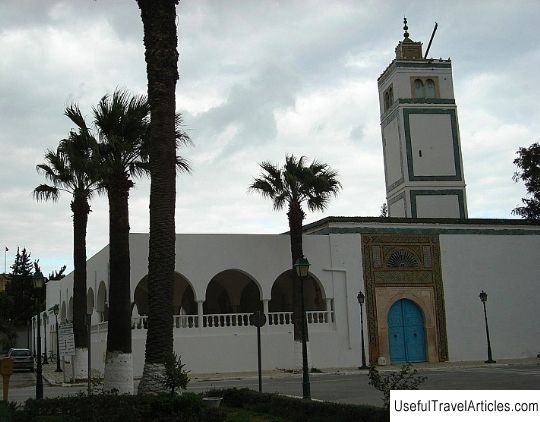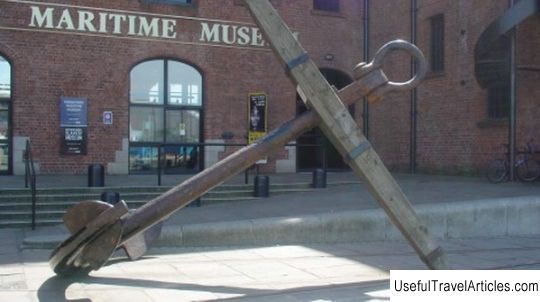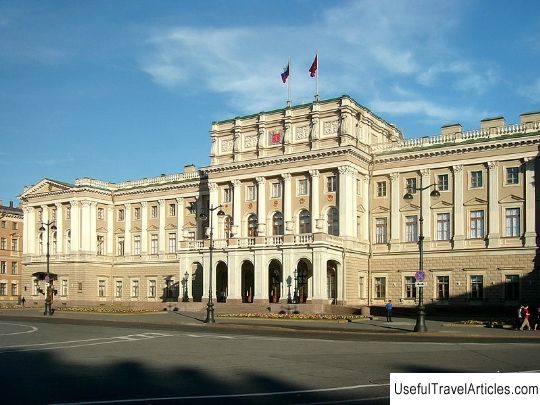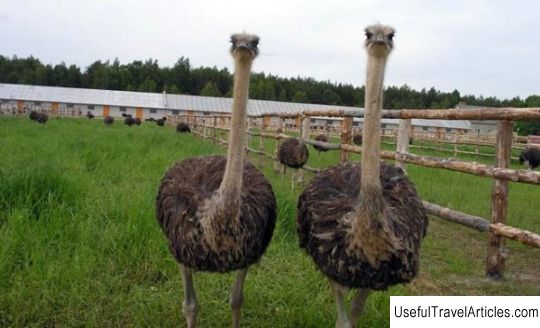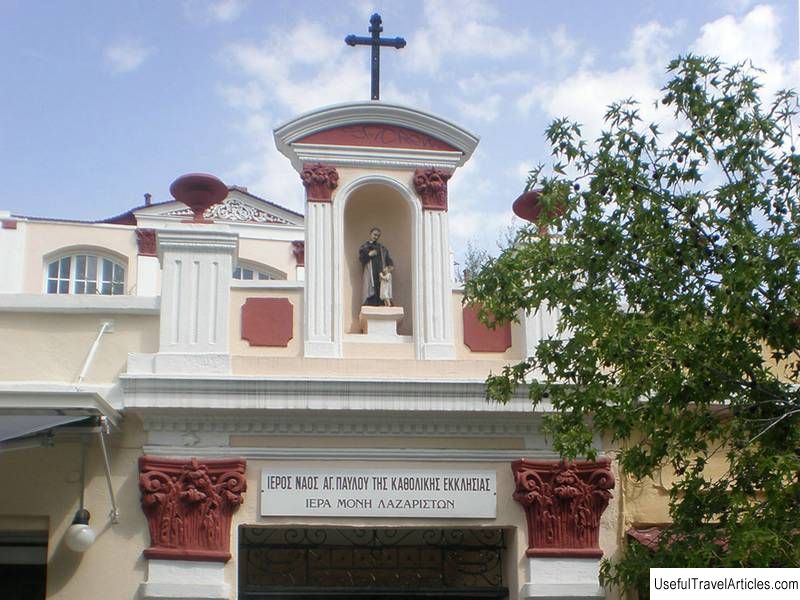Leningrad Zoo description and photo - Russia - Saint Petersburg: Saint Petersburg
Rating: 9,3/10 (6894 votes) 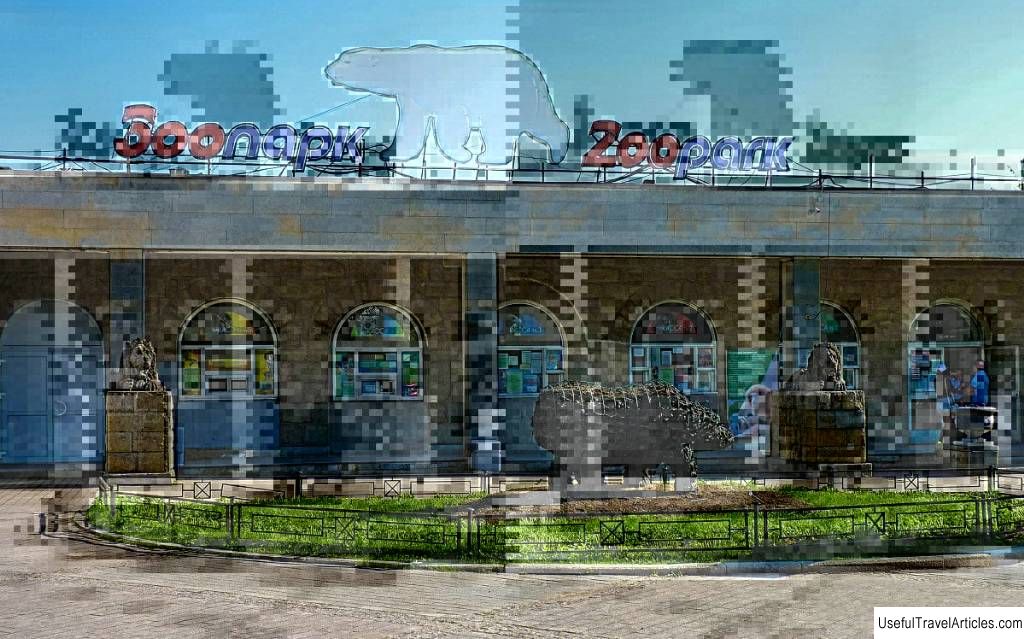
Leningrad Zoo description and photos - Russia - Saint Petersburg: Saint Petersburg. Detailed information about the attraction. Description, photos and a map showing the nearest significant objects. Photo and descriptionGuests of St. Petersburg, as a rule, first of all rush to see the Kazan Cathedral, visit the Hermitage or take a photo with the Bronze Horseman in the background. But there is another attraction in the city (perhaps no less popular than all of the above), which tourists who come to the northern Russian capital with children are especially eager to see. And adults often prefer it to the numerous architectural landmarks of the city. This is Leningrad Zoological Park . The only zoo not only in the city, but in the entire region, one of the oldest in the country, this zoo has a very interesting and rich collection: you can see about six hundred species of various birds and fish, invertebrates and mammals. All of them are located on a fairly small area - just over seven hectares (this is one of the smallest zoological parks in Europe). History of the zoo in the 19th century The history of the zoo began in the middle of the 19th century. None of the buildings of those times have survived to this day, but the general arrangement of the pavilions and aviaries largely corresponds to the original layout. In the 19th century, the zoo (at that time called the zoo) belonged to Sophia and Julius Gebhardt . The inhabitants of the zoo were tigers and bears, lionesses and parrots, several waterfowl and small predators. Later, the owner, widowed, remarried; her second husband was Ernest Rost , a talented entrepreneur. Having become the owner of the zoo in the early 70s of the XIX century, Rost did a lot for its development and prosperity. The collection of animals has been updated; it amounted to more than one and a half thousand copies. Giraffes, anteater, orangutan, chimpanzees, hippos, kangaroos and many other exotic animals appeared in it. The zoo was divided into two parts - the zoological and purely commercial. In the commercial part a summer stage was built. Later, a real (albeit small) theater appeared. It accommodated five hundred spectators. The performances that could be seen here were very diverse - from circus numbers to opera performances. The zoo had its own orchestra . You could even listen to organ music there! In the late 80s of the 19th century, a restaurant was built on the territory of the zoo. At the zoo there was a farm that produced dairy products (cream, butter). In the zoological garden it was possible to buy food for pets. But that's not all. The zoo had its own power plant . At the end of the 19th century, when electric lighting was still quite a rarity, visitors to the zoo admired the "fabulous view" of its alleys in the evening hours. exhibitions on ethnographic topics were held in the zoo. The townspeople visited them with great pleasure. These exhibitions allowed them to get acquainted with the customs and traditions of various peoples of the world. At the end of the 19th century, the flourishing era of the zoo ended abruptly: Rost had serious health problems, he hastily retired. The zoological garden gradually fell into decay. It was closed at the beginning of the 20th century. The zoo in the 20th century The entrepreneur Semyon Novikov became the new owner of the zoo. Before that, his field of activity was the theater, and he achieved considerable success in this field (as an entrepreneur). He repaired the old aviaries, demolished the dilapidated buildings. Also during his time, several ponds were cleaned and even one new one appeared. By that time, the collection of the zoo had significantly reduced (compared to the end of the 19th century) and consisted of only two and a half hundred copies. The new owner bought a large number of new animals. a new entrance to the zoological garden was built. It was decorated with two sculptures, one of which depicted a lion and the other a lioness. At that time, the zoo contained not only pavilions and enclosures with animals; several theaters were opened on its territory, a restaurant and a shooting gallery operated, and there was a brisk trade in the kiosks. Kids could ride a donkey or a pony, there was also a bright, elegant carousel in the zoo. On the territory of the zoological garden there were performances , which was attended by the then famous tamer with his trained animals. This heyday of the zoo ended immediately after the revolutionary events. The owner urgently left the city, and the zoological garden was nationalized. Interestingly, some animals acquired in the pre-revolutionary period lived for a very long time: for example, a female hippo named Beauty survived military events 40s of the XX century. An elephant named Betty lived almost as long (she died during the blockade of Leningrad). After nationalization the zoo continued to function. In the early 30s of the XX century, a phenomenon that was quite rare in those years occurred in it: polar bears had offspring. During wartime and even during the blockade the zoo did not stop working. It was possible to save only a part of the collection of animals, but at the same time young animals appeared. What the employees of the zoo did during the blockade years can be called a feat without exaggeration: they worked in incredibly difficult conditions, doing everything possible and impossible to preserve the collection and continue the work of the zoological garden. In memory of their heroic efforts, the zoo is now called Leningrad (and not St. Petersburg). By the way, the word “zoo” in its name was replaced by “zoo” in the 50s of the XX century. In the mid 60s of the XX century, the zoo celebrated its centenary. By that time, many new animals had appeared in it, the collection was one of the largest in the country. But the old buildings were dilapidated and in dire need of reconstruction. Their restoration and modernization began in the late 60s. For a number of reasons, this process took a long time. Some of the animals were sent to zoos in other cities of the country, the collection was significantly reduced. In the mid-90s, a plan to build a terrarium arose. Construction work began, but there was not enough finance to complete it. The building was completed only at the beginning of the 21st century. Zoo exhibits In pavilions and aviaries today you can see various types of predators (both large and small), fish and rodents, ungulates and calluses, many species of reptiles and amphibians, birds and primates ... When replenishing the collection, the emphasis is usually placed on small species of animals, since the territory of the zoo is not large. Let's tell in more detail about some of the exhibitions that can be viewed at the zoo today: - In the pavilion called "Animals of Prey" you can see magnificent jaguars, majestic African lions, fearsome cougars and graceful snow leopards. Also in this aviary, oddly enough, you can see a collection of mongoose (meerkats and mongooses). They are located in a separate (internal) room. - The pavilion with the inscription "Primates" contains heat-loving species of animals. Here, as the name suggests, you can see various primates. In addition, lemurs are found here. The battleship usually makes a great impression on visitors. You can also see some other species of animals in the pavilion. In winter they are kept indoors, and in the warm season they are transferred to summer enclosures (located outside). - The pavilion with the unusual name Exotarium is very popular with visitors. It has two floors. On the first one you can see the inhabitants of the water depths. In particular, there are many different types of fish - both marine and freshwater. There you can also admire the magnificent corals. On the second floor is the kingdom of insects. Also, various reptiles live there, amphibians share the space of the second floor with them. In the cold season, there are also some species of small predators and aviaries with thermophilic birds. - Approaching the enclosures with the inscription Small predators , you will most likely be able to guess what kind of animals you will see in these enclosures. Of course, everyone's favorite fluffy and gloomy manuls and mobile wolverines are waiting for you here. You can also see a kharza (a kind of marten) here. - Aviaries with a beautiful name "European Forest" are worth a visit for those who are interested in typical inhabitants of forests located on European territory. Beavers, squirrels, hares, lynxes and some other animals are kept here. - For fans of colorful and cheerful parrots, we recommend visiting the Tropical House pavilion. But not only these bright birds are kept here. In the pavilion you can also see the porcupine, squirrel monkeys (saimiri) and other exotic heat-loving animals. - If you are not interested in tropical fauna, if you prefer northern nature or want to see animals of middle (temperate) latitudes, be sure to visit the deer enclosures . Here you will see reindeer; moose are also kept in these enclosures. If you are interested in rare species of animals, then you probably want to see the deer of David located there (at present they are preserved only in zoos). Notes
       We also recommend reading Aquarium Kelly Tarlton's Underwater World description and photos - New Zealand: Auckland Topic: Leningrad Zoo description and photo - Russia - Saint Petersburg: Saint Petersburg. |
